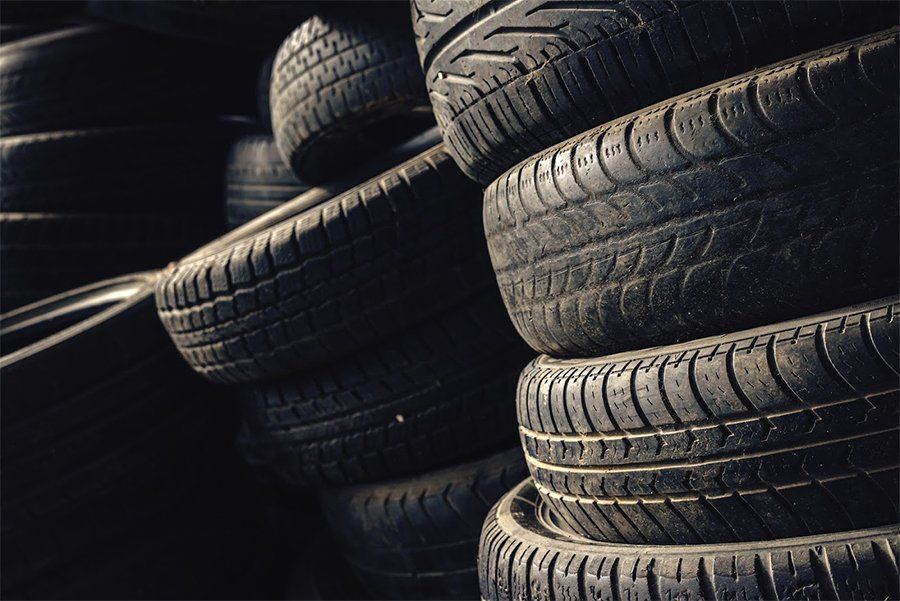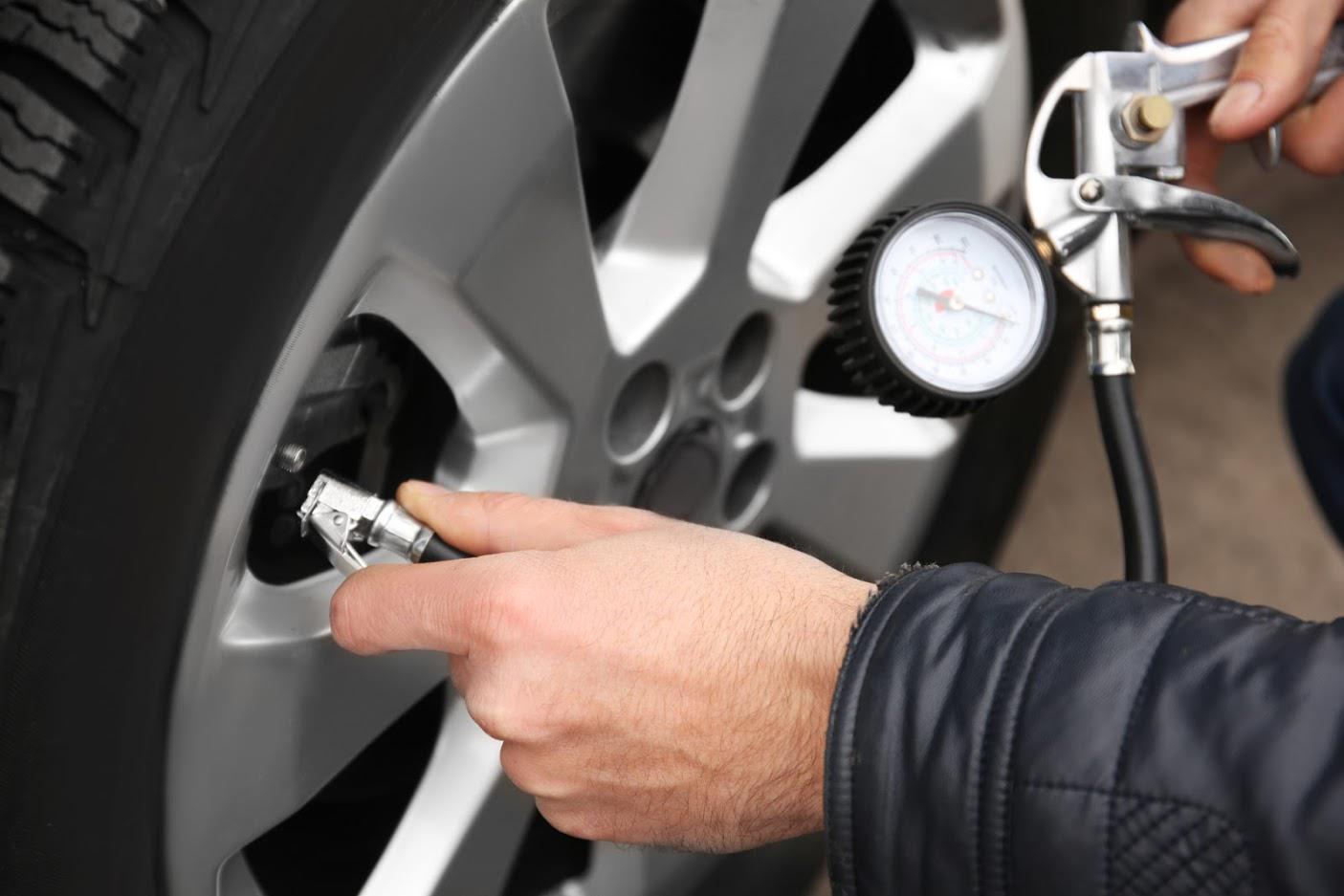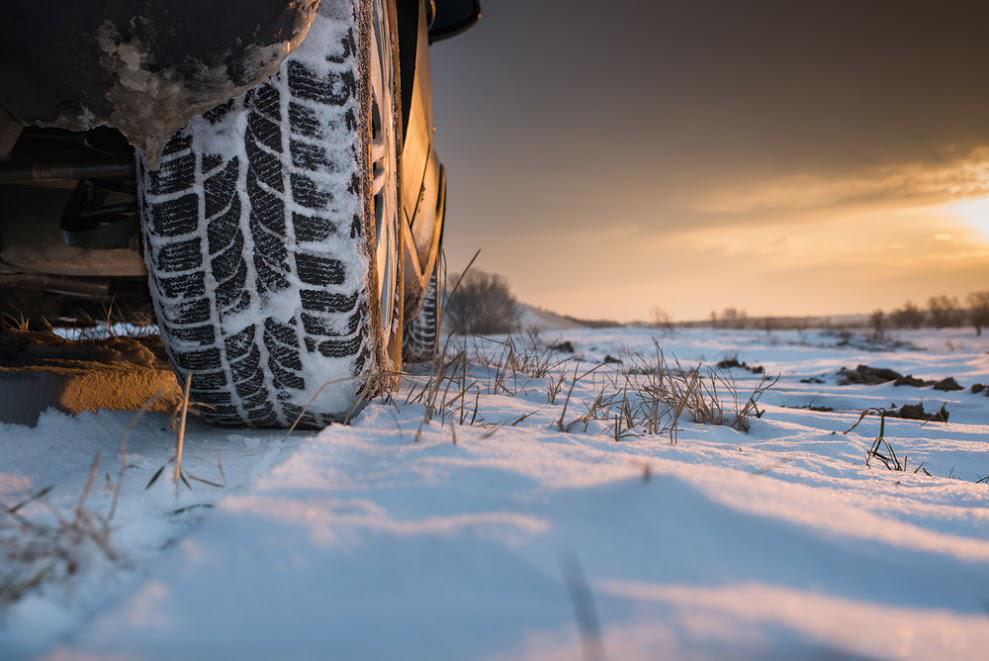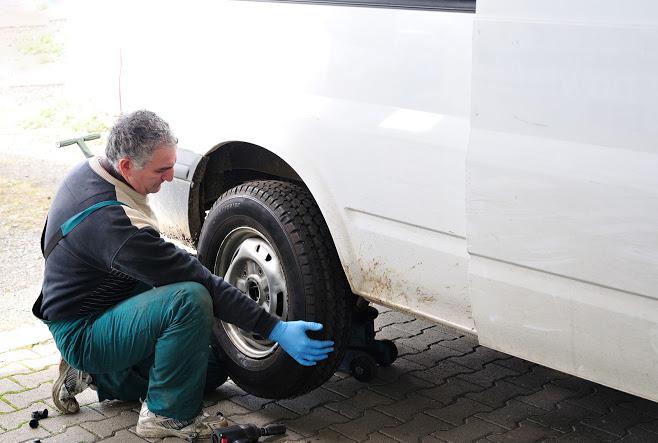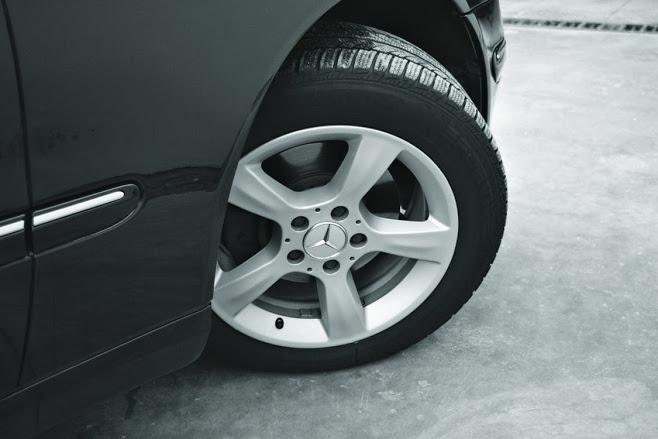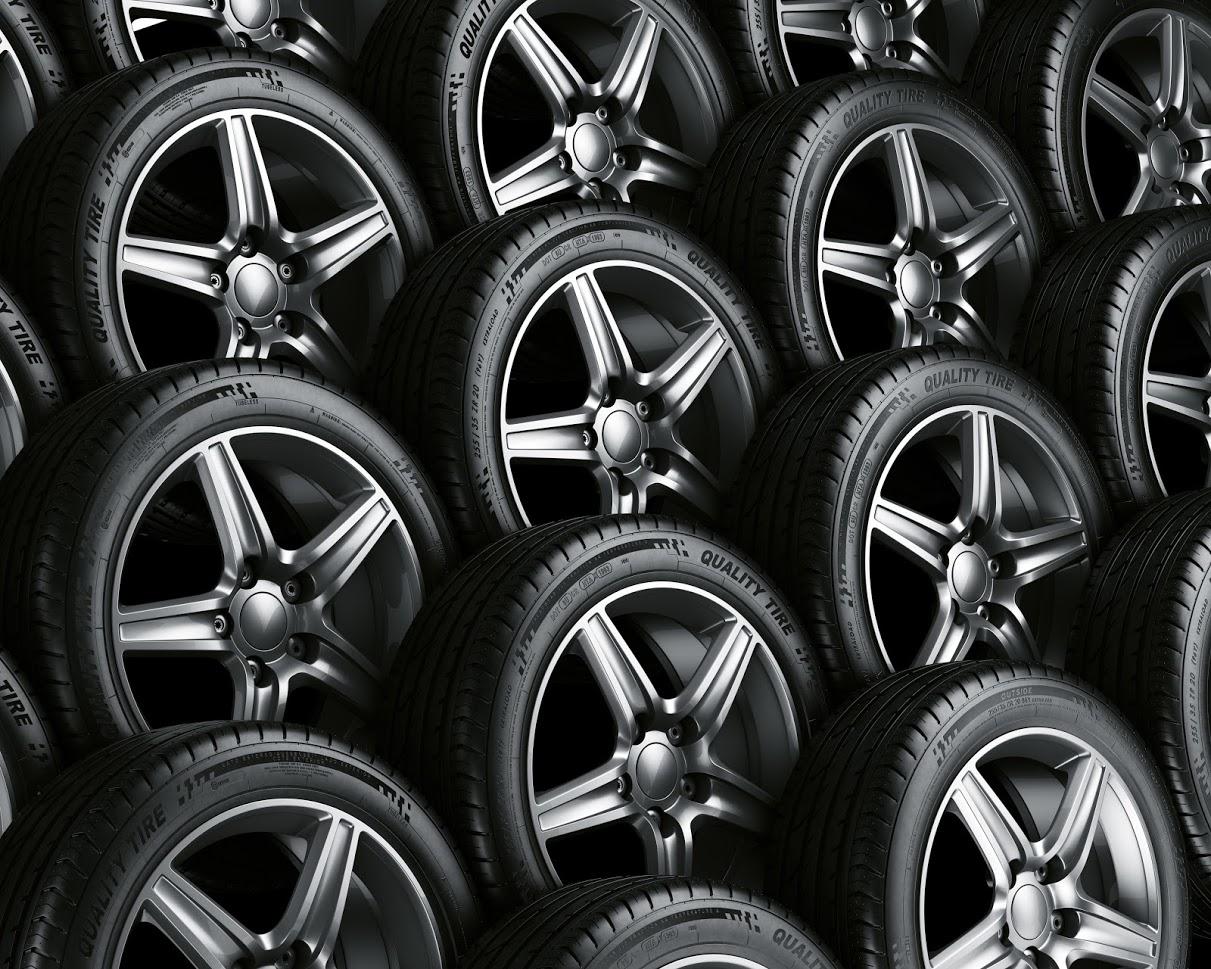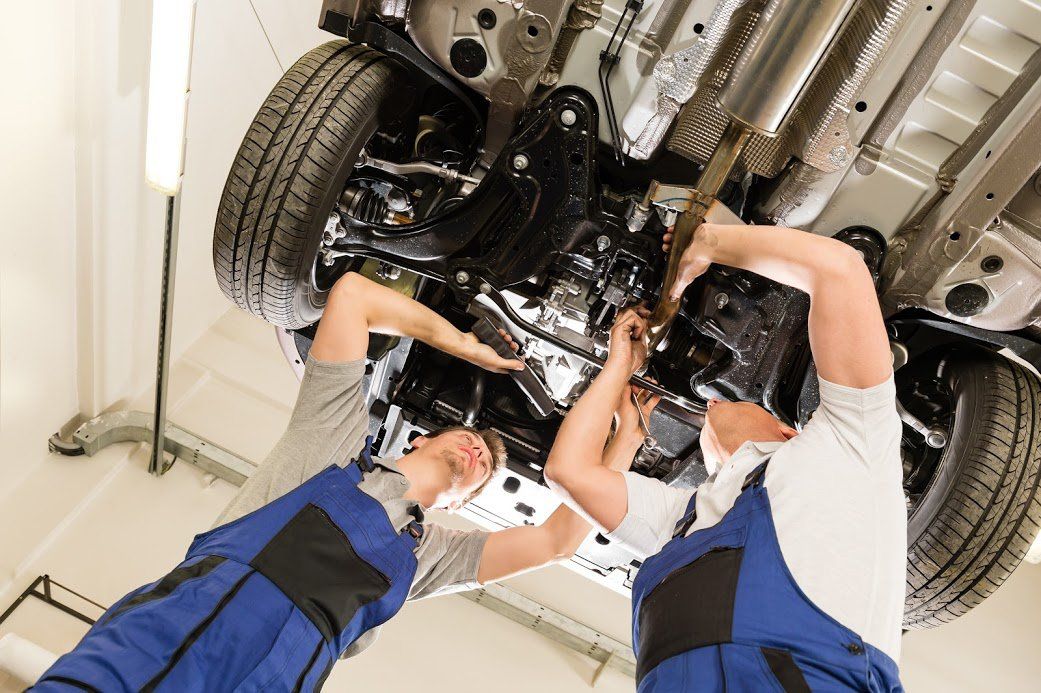How to Inspect Your Tires Before a Road Trip
- By Admin
- •
- 10 Apr, 2019
- •
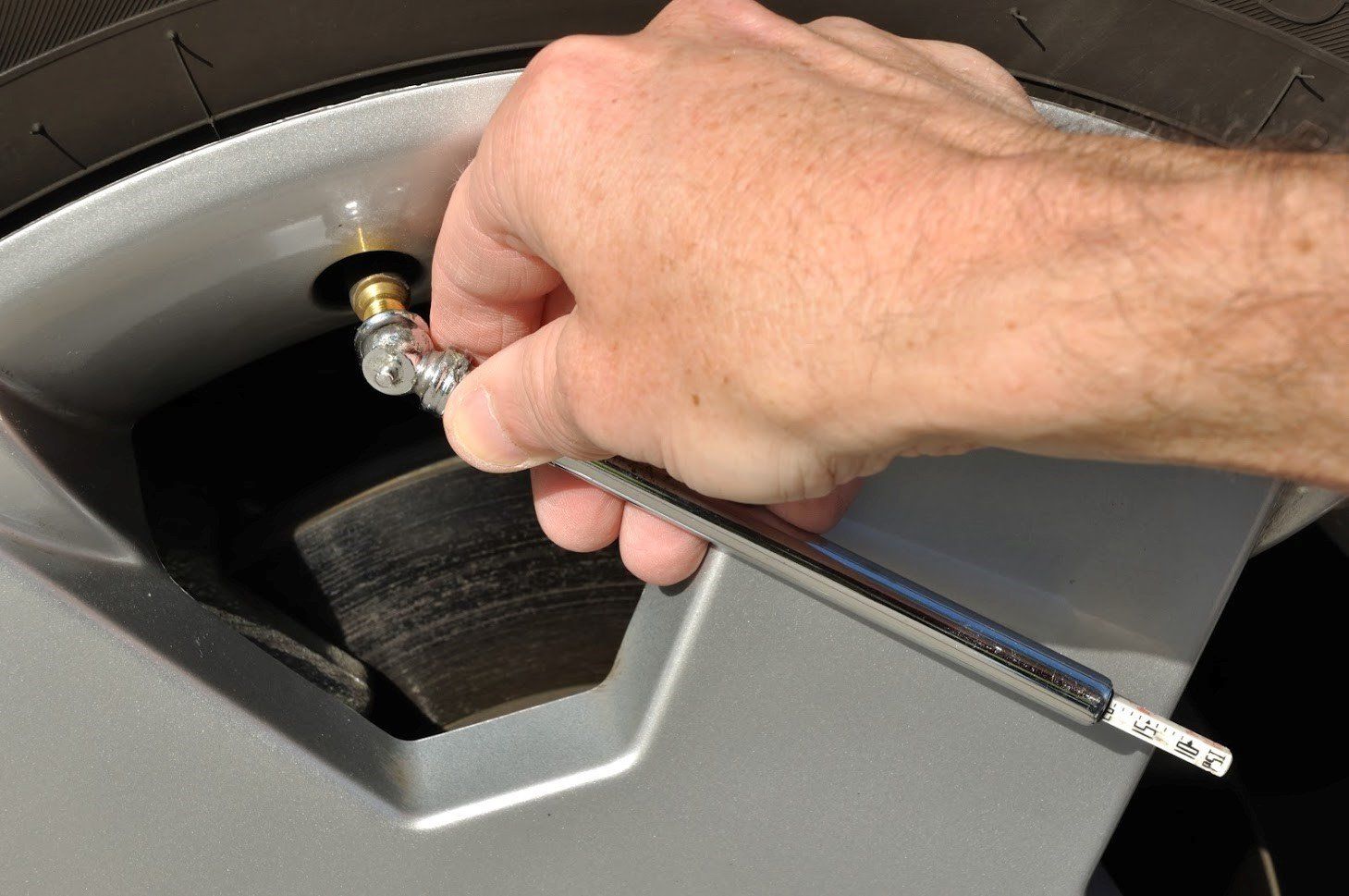
Are you or your family headed out for a long trip? Your car is not only your source of transportation but also your biggest asset for keeping everyone safe. And that safety begins with an often-overlooked aspect of every vehicle: its tires.
How can your tires keep you safer? And how can you know if they're up to the job? Here's a short guide to get you started.
Why Do Tires Matter?
Tires are a huge part of your driving experience. They are the car's connection to the road, so they're key to road safety and performance.
The amount of traction tires can produce affects how the car handles in bad weather or on tough road conditions. The makeup of the rubber tire helps (or hinders) your ability to brake quickly and swerve under control. And bad tires can wear out the car and reduce gas mileage by requiring more effort to do its job.
What Should You Look For?
If you want to assess how your tires are before a trip, how should you do it? The good news for drivers is that even the untrained can see many potential signs of trouble. Here are a few.
Tread Wear
Look at the tread wear on all four tires. Tread should be somewhat even and similar on all tires. Uneven tread patterns may indicate that you have improperly inflated tires, need to rebalance the tires, or should check the alignment.
Uneven tread is often a symptom of something else, so discuss it with a qualified mechanic as soon as possible. This may be something you should fix now or something you can deal with later.
When assessing tread, look for tread wear indicators — bands of smooth rubber running across the tread. These built-in aids help you know when the tread has worn down to an unsafe level.
If you're not familiar with tread levels, use the simple penny test by inserting a penny into the lowest section of tread grooves. The tread should cover the top of Lincoln's head. If it's not covered, you probably need new tires right away.
Tire Surface
In addition to tread wear, look at and feel the tire's surface carefully. Particularly, you want to look for objects that could cause later problems, such as embedded stones or glass. These can puncture the tire if given time, so you should remove them before setting out on the road. Likewise, repair cracks, bulges, or splits immediately before they cause more air loss.
Valves
Finally, check the valves to make sure they're on tightly to protect the tire from debris and air loss. Consult your car's maintenance manual to determine the right air pressure, then use a simple pressure gauge to see if all four tires are properly inflated. If you add air to any tire, recheck the pressure later to ensure that you don't have a slow leak.
Where Can You Get Help?
What should you do if, during your tire inspection, you find anything you're not sure about? Talk with a tire professional immediately. If you're getting ready for a long trip, this may be a step that will take time from your preparations. But you don't want to discover that a small problem has become a big problem while on the road away from home.
At Radial Tire Service, we specialize in ensuring your safety and your vehicle's longevity with proper tire care. Whether you know you need new tires or just want a professional to assess them, we can help. Call today to make an appointment so you can get back on the road with confidence.


